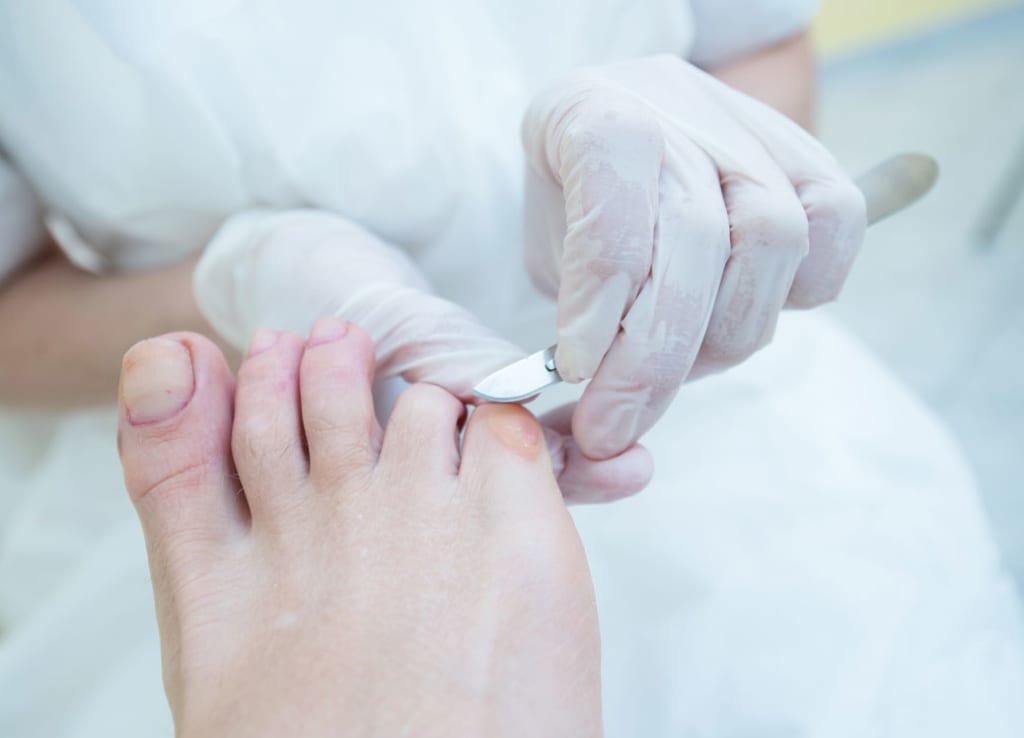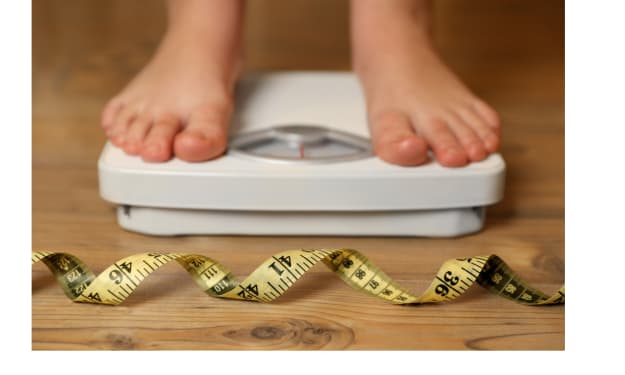Corn Removal Surgery: What to Expect
Corns are hard, thickened areas of skin that typically appear on portions of the foot that do not bear weight, such as the sides, between, and on top of the toes.

Corns are hard, thickened areas of skin that typically appear on portions of the foot that do not bear weight, such as the sides, between, and on top of the toes.
While corns and calluses are sometimes confused, they can be recognized by their unique location.
Corns form on pressure points and are frequently chunky and unpleasant.
Calluses, on the other hand, develop on the weight-bearing area of the foot and are flatter, wider, and far less painful than corn.
If you’re embarrassed by your corn or experiencing significant pain or discomfort, read on to learn more about corn removal surgery.
When to consider surgery for corn removal
Corn removal surgery (in addition to improving the appearance of your feet) can also ease the pain associated with corn.
Although conservative treatment approaches such as wearing roomier shoes and applying moleskin pads might help treat corn in healthy people who aren't in too much pain, surgery to remove corn may be considered in a few cases.
It is suitable for patients with diabetes or other circulatory-weakening disorders.
People with diabetes frequently have poor blood circulation and a loss of sensation, which can make pain difficult to detect and recovery more challenging. Infection might also be caused by a delay in diagnosis.
Surgery may also be the best option for those who are in a lot of discomfort or have problems with their usual activity routines and wearing shoes.
Walking in excruciating agony and anguish is not something anyone should have to deal with.
Corrective surgery should also be considered in cases where a structural deformity on the foot or toes has resulted in the formation of corns or calluses regularly.
Is corn removal surgery painful?
The local anesthetic keeps the area numb after surgery for a while.
Over-the-counter anti-inflammatory medication can help ease throbbing, aching, or burning pain when it wears off.
Elevating the foot above the level of the heart might alleviate pain, and the surgeon may advise you to do so for at least the first 48 hours after surgery.
Corn removal surgery and recovery
Corn removal surgery is the last resort after all other methods, such as adjusting shoe wear, cushioning, and shaving the corn, have failed.
Its sole purpose is to alleviate the pain associated with the disease and to treat the underlying cause of the corn.
Surgery is a brief office-based treatment conducted under local anesthetic. Typically, the process is rapid.
Our podiatrists deftly manipulate a sterile knife through a small incision (approximately 1 cm) to shave off the dead skin down to the base of the corn, which is then removed.
Corn, on the other hand, develops when the toe joint bends out of shape, as in hammertoe or bunion deformity, causing the overlying skin to press into the shoe.
When this happens, the malformation, as well as the corn, must be repaired.
Aftercare information
The deformity is repaired after the corn root is removed.
This will ensure that the corn does not reappear unless the friction, irritation, or pressure against the skin caused by ill-fitting shoes is removed. (No more high heels for the ladies.)
The incision is then closed with stitches, bandaged, and a surgical shoe is applied.
During the first week after surgery, the patient will also be required to ice and elevate the foot as much as possible.
Corn removal surgery might take anything from 6 weeks to 3 months to fully recover from.
The patient must wear a postoperative shoe for two weeks after surgery to protect the damaged area, and the dressing must not be damp. A shower bag is frequently used to keep it dry.
Walking without a shoe might result in edema, a longer healing time, and other concerns.
Patients will need to limit their physical activities and avoid wearing conventional shoes, which will help to relieve pressure on their feet and aid in the healing process.
Keep your feet clean and dry during this period to limit the chance of infection.
While stitches can be removed in as little as ten days, everyday activity should be restricted for three weeks following surgery.
Patients will be pleased to witness a considerable change in the appearance of their feet once the healing process is complete.
Furthermore, being pain-free offers up new pathways for joy and fulfillment in everyday activities that were before impossible.
While corn can reappear, it is unlikely that people care for their feet according to their doctor's advice.
In conclusion
Please visit your doctor as soon as possible if you are suffering from painful corns, hammertoe, bunions, or any other foot and ankle concerns in the United States or elsewhere.
About the Creator
Amelia Grant
I am journalist, and blogger.






Comments
There are no comments for this story
Be the first to respond and start the conversation.